The African Savanna Elephant: Status, Biology and Management
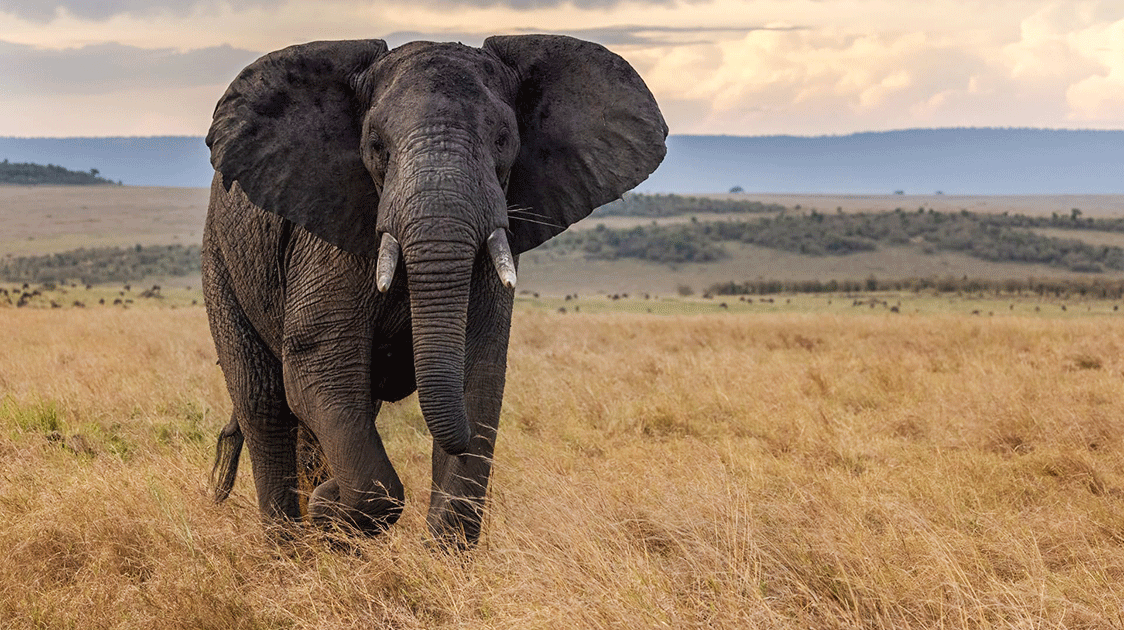
By Douglas Wise
I was stimulated to write this review as a consequence of reading Part 2 of Dick Laws’ autobiography, entitled “Hippos’ Tears and Elephants’ Tusks.” I hadn’t realised that the battle between “preservationists” and “sustainable users” was raging over 50 years ago.
I didn’t know Dr Laws well, but we often bumped into each other in Queen Elizabeth NP, Uganda, in the mid-1960s. At the time, he was Director of the Nuffield Unit of Tropical Animal Ecology and was engaged in research into hippos.
I was a junior and temporary member of Dr Irven Buss’ research team, which studied the effects of elephants on forestry. I was unaware that Dick went on to undertake pioneering (and still highly relevant) research on the population ecology of elephants, both in Murchison Falls NP (Uganda) and, later, in Tsavo NP (Kenya).
Dick died in 2014, having directed the British Antarctic Survey from 1973-1987. Despite his long and distinguished career in field research, primarily involving sea mammals, Dick considered that his most satisfying and meaningful work occurred during the relatively brief period that he spent on his elephant studies.
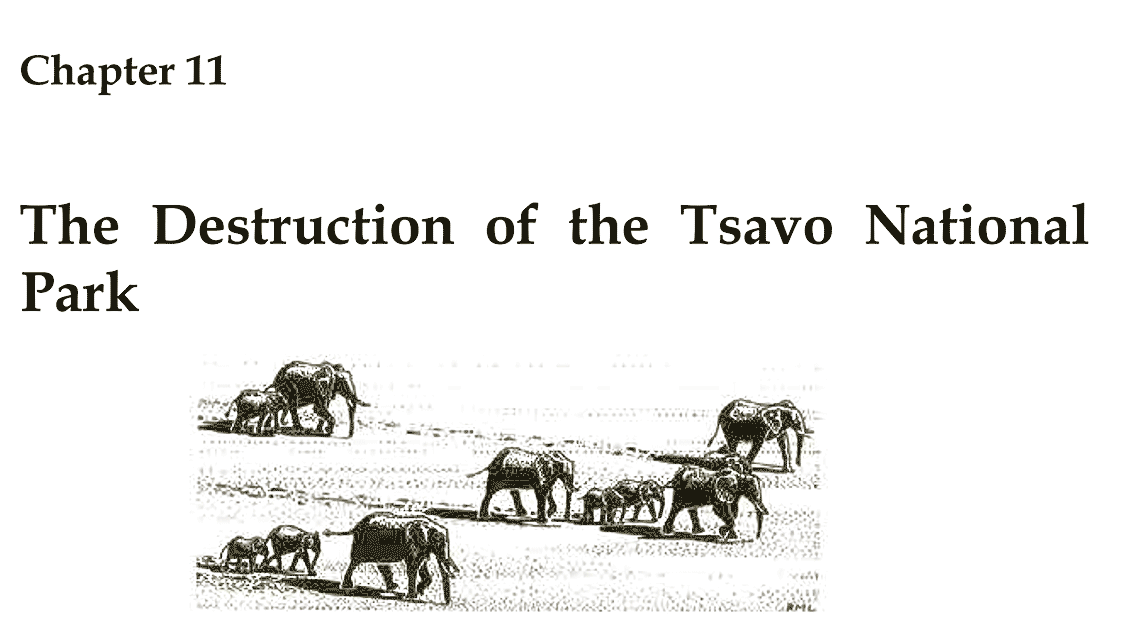
Chapters 6, 8, 9, 10, 11, and 13 of the autobiography are highly relevant to the present discussion. Laws explains why he came to believe that elephant population reduction was necessary for the good of both Parks he studied. In conjunction with Ian Parker, he developed a culling method that was both humane to those animals culled and, apparently, to survivors.
However, he was never able to implement his population reduction plans fully. War broke out in Uganda, and, in consequence, far more elephants were killed by insurgents in Murchison Falls NP than Laws had ever intended to take.
Dick’s recommended programme for Tsavo was blocked by “preservationists”. He claimed that, in consequence, the Park was, to all intents and purposes, destroyed. It remains but a shadow of its former self to this day.
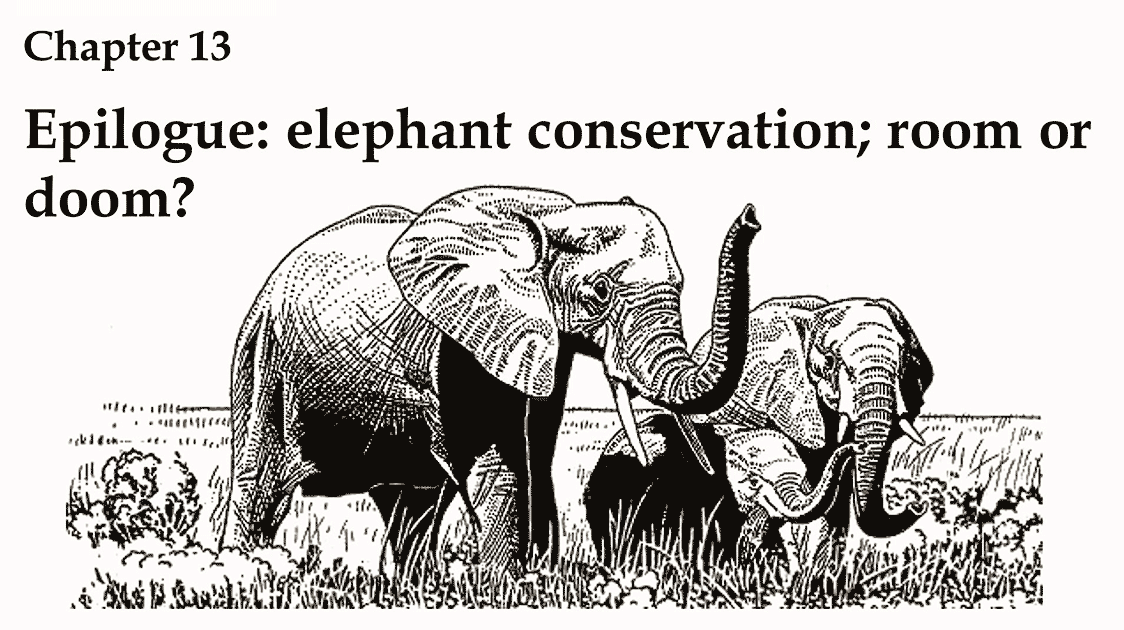
Culls of surplus elephants subsequently took place in Zimbabwe, but again, the procedure was abandoned before the desired levels of population reduction could be achieved. Graham Childs wrote a brief and highly informative account of the subject, which is well worth reading.
Culling also took place in Kruger National Park in South Africa but has now been abandoned. A fascinating article attempts to explain why.
Culling apparently doesn’t work because animals continue to thrive and reproduce quickly (in other words, to display fitness).
It is apparently better both to limit their nutritional resources within the Park and hence their rate of population increase by closing water holes and tearing down fences so they can emigrate to Mozambique to be poached.
To a veterinarian, such as myself, who has experience in animal management and welfare, the reasons given for the superiority of the “natural” over the culling approach to population reduction are the absolute inversion of the truth.
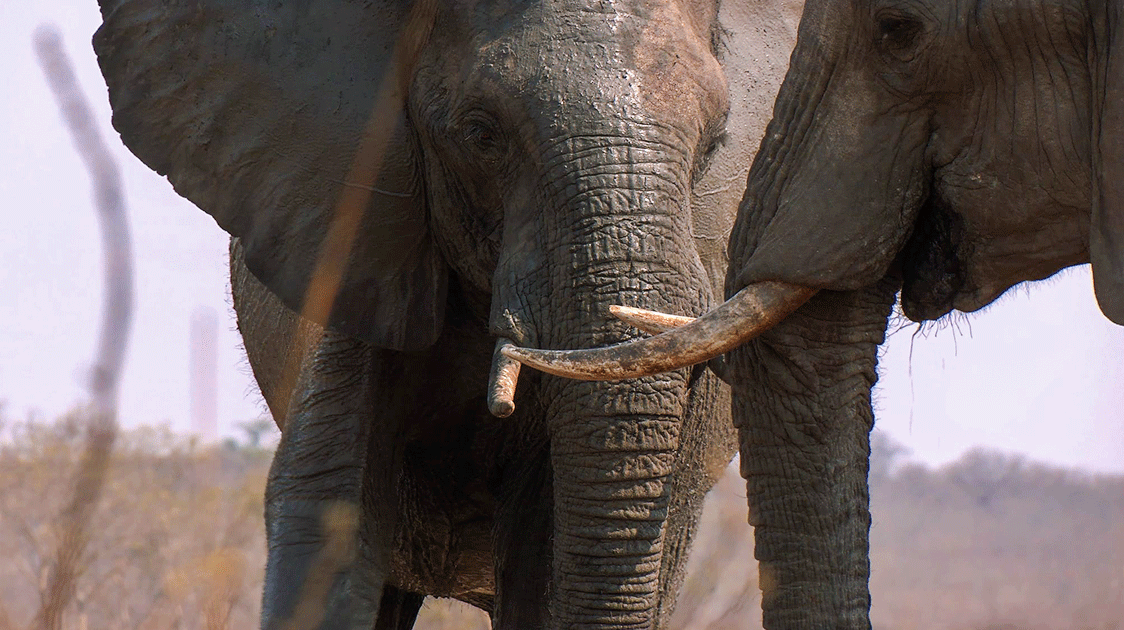
I would deem the imposed and so-called “natural” approach cruel and wasteful of valuable resources. I think the genuine reason for the abandonment of culling was fear of upsetting “preservationist” tourists who tend to lack any knowledge of population dynamics.

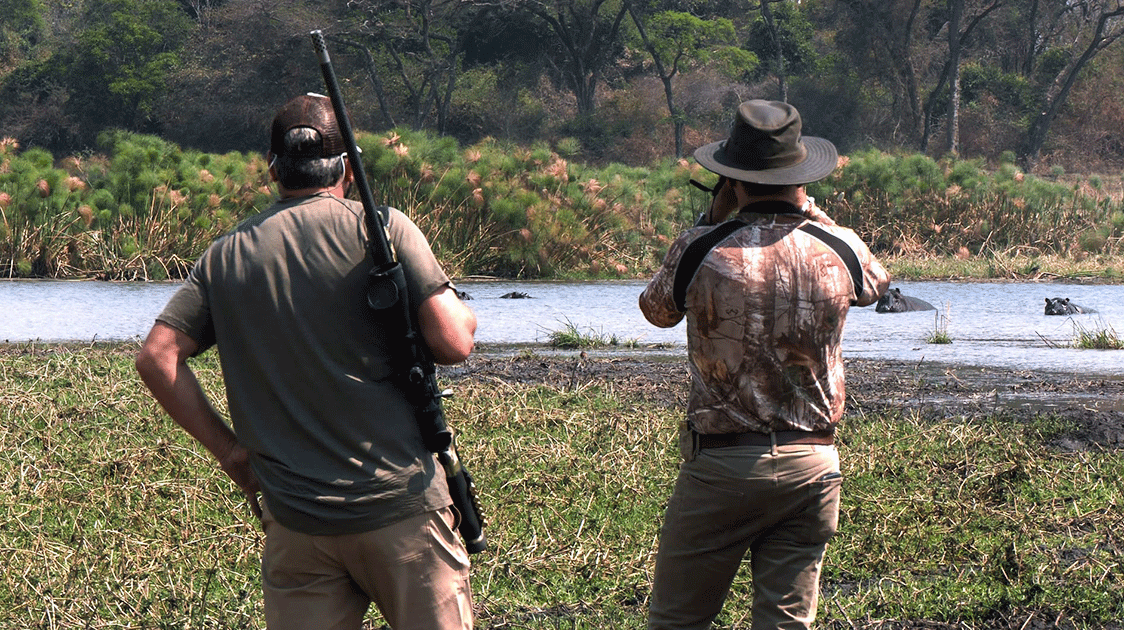
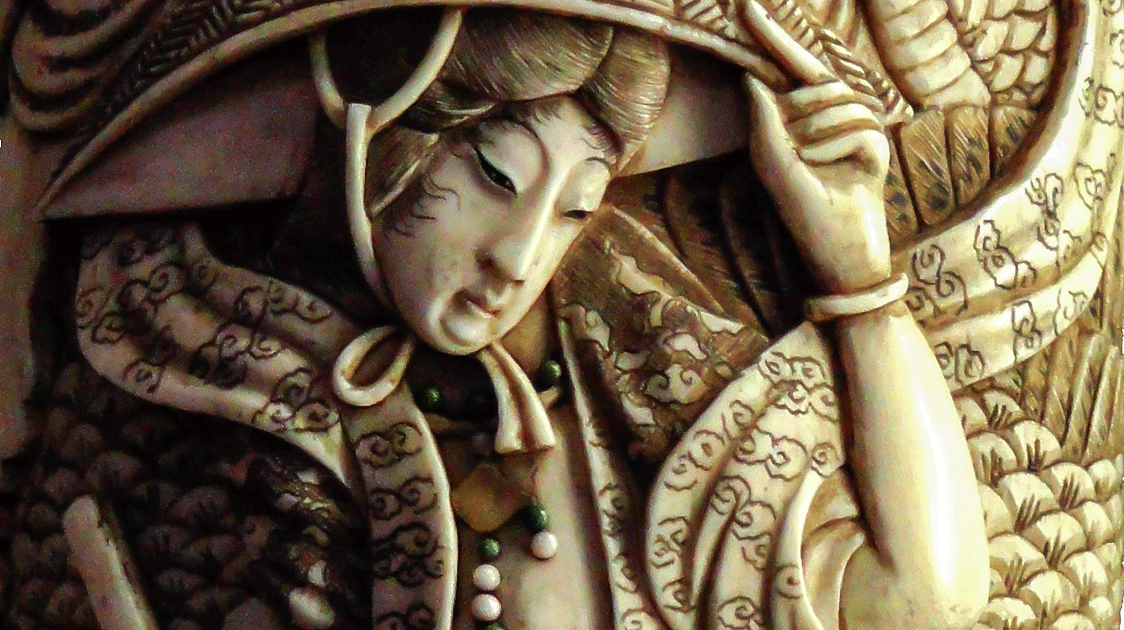
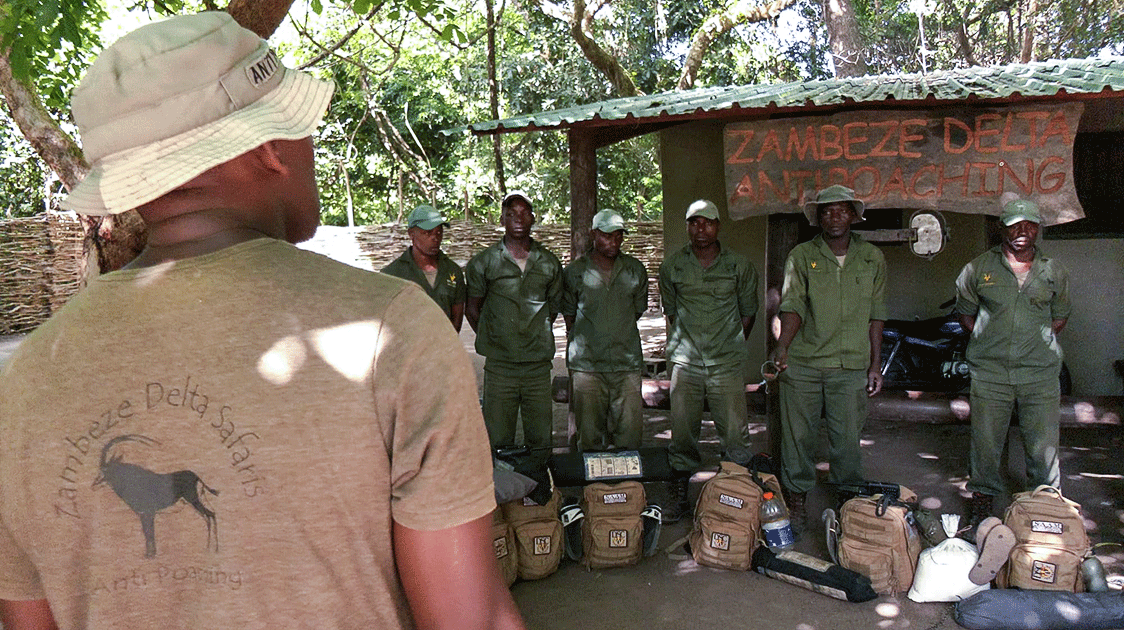
Comments ()